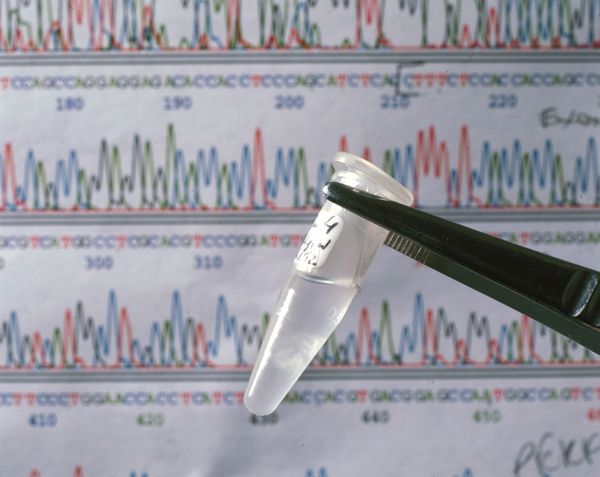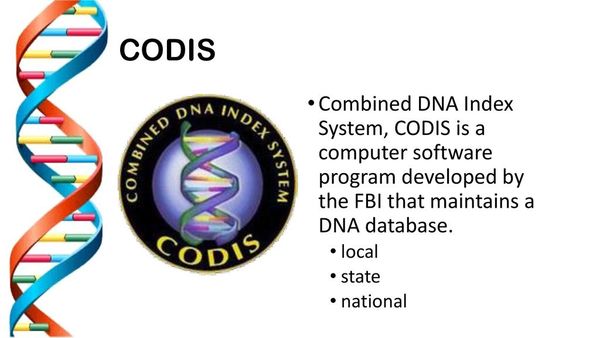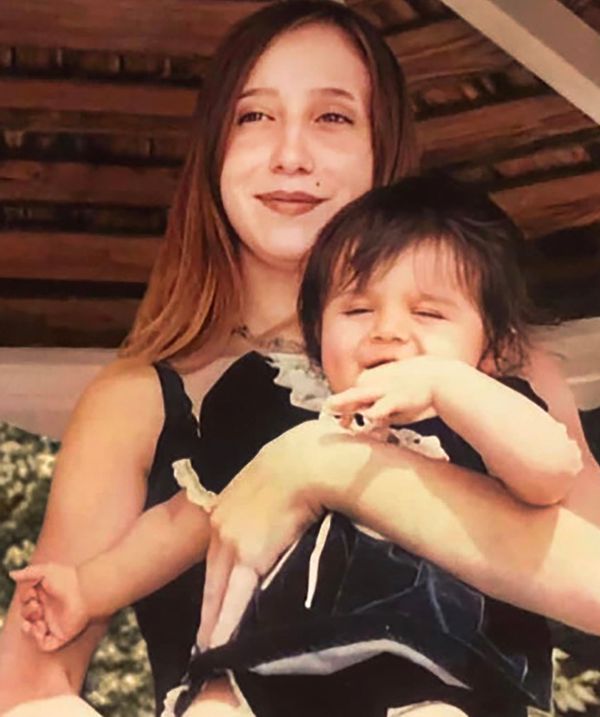(Editor’s note – this is 9th article in a series The Waterbury Observer is publishing about unsolved murders of Waterbury women in the past 34 years, six of whose bodies were hidden in the forest along a desolate road in the Campville section of Harwinton.)
Story By Robert Muldoon
Twenty years after Mildred Alvarado’s body was discovered in the Campville section of Harwinton, the Connecticut State Police notified her daughter, Tanya Johnson, that they had found a small amount of DNA from the evidence harvested from the crime scene.
When Mildred was found on January 19th, 1989, in the forest along the Naugatuck River, she was clothed in Filippo Totti blue jeans, a black sweatshirt, a jean vest and a black rubber bracelet. No one knew what DNA was in the 1980s, but as science evolved, state police detectives went back to the evidence in 2009 and found “a small amount of DNA.”
The Alvarado family, led by Tanya and Jay Johnson, pressed vigorously for testing. Could this be the break they were looking for? Would the DNA sample reveal the murderer, a possible serial killer?

Mildred Alvarado with two of her children in the 1980s. |
Unfortunately, the Connecticut State Police lab was in disarray and the Johnsons were told there was a backlog at the state lab. They were told the DNA needed to be sent to a Pennsylvania. Detectives retired. Others moved on. New detectives had to “get up to speed.” Meetings were cancelled. 13 years later, the Alvarado family have no answers about DNA results.
“I feel that we are in the exact same spot as we were then,” said Jay Johnson.
The Waterbury Observer has been investigating three decades of unsolved murders, mysterious deaths and disappearances of 18 women. Most were from Waterbury with drug problems, and some did sex work to support their habits. The bodies of six of these women were discarded in a dark forested area of Campville.
It is remarkable how minimal a role that DNA seems to have played in these 18 cases. Today, one can hardly open a newspaper, or turn on TV, without hearing of DNA used to crack cold cases, often decades old. Why not in these cases?
Five investigations into the Campville murders remain unsolved. All of these cases are now cold—except the 2021 murder of Brianna Beam, 20, which is active.
Because of rapid advances in DNA, known errors in Connecticut State Police Lab testing in the past decades, and incomplete results, The Waterbury Observer is imploring state and local police to reopen all 10 unsolved cases, and utilize advances in DNA technology to try and solve them.

DNA profile sequencing. Image from Getty Images |
DNA was first used to solve a US criminal case in 1987—a year before Karen Everett, of 2040 North Main Street, left work and was found murdered in Campville days later.
The FBI established CODIS, a national DNA database as a tool for solving violent crimes in 1994—the year Frederica Spinola was run over on Route 8 near Campville, after exiting a vehicle traveling 50 mph.
CODIS (Combined DNA Index System) contains over 14 million convicted offender profiles, over 4 million arrestees, DNA evidence from 1 million crime scenes, and DNA of missing persons. In April 2021, the 20 millionth DNA profile was added to the national DNA database via the CODIS software from all states.
Twelve states currently allow “familial searching” on CODIS—where a suspect’s relative may be found in CODIS, and used to identify the suspect. This expands the usefulness of CODIS—casting a wider net—and is how a serial killer, the “Grim Sleeper”, who murdered 10 women in California, was arrested in 2010. Connecticut does not allow family searches.
 |
The use of ancestry DNA has widened the net and extended the search beyond criminal data bases like CODIS. With genetic genealogy, crime scene DNA is cross-checked against ancestry sites to find relatives of suspects. Relative’s profiles, like second cousins, can be used to build family trees, from newspaper and marriage records, to then pinpoint a suspect. Undercover police can then surveil and take DNA from a coke can or coffee cup.
In 2018, police arrested 74-year-old “Golden State Killer” Joseph DeAngelo, who committed 13 murders, 50 rapes and 120 burglaries between 1974 and 1986. A former police officer, family man and “perfect father,” he is serving 12 life sentences.
Only weeks ago, investigators identified the “I-65 Killer,” who killed three motel night clerks in Indiana along Interstate 65 in the 1980s. Harry Edward Greenwell, who had served time for other violent crimes, died in 2013.
Rapid advances in DNA, together with determined investigators, are bringing criminals out of the dark and into the light. Cold case murders with no witnesses, and no descriptions, are being solved.
Muskus DNA
Jessica Muskus went missing from her Bunker Hill Avenue home on January 24, 2004. Two days earlier, William Devin Howell had been released from a Connecticut prison. Howell later confessed to seven murders, including three Waterbury women he picked up downtown in 2003.
Police tested Howell’s van for Muskus’ DNA twice—in December 2004 and May 2014. But his van had been seized in April 2004, three months before Muskus went missing. Both tests were negative. He denied killing Muskus.
But what did those negative tests prove? That Muskus had not been in the van before she went missing.
After Howell was identified as a serial killer suspect, a victim’s mother gave DNA to state police in 2007. But it took seven years, until 2013, to confirm the daughter was a victim by using the mother’s DNA.
First, it took a year for state police to submit the DNA to the CODIS Relatives of Missing Persons data base. No match was found. But in January 2013, a “misconfiguration of the search algorithm” for relatives of missing persons was discovered in CODIS. The mother’s DNA was not searched against the unidentified human remains database.
The Connecticut State Police Lab eventually lost its accreditation, and was not allowed to post DNA of offenders to the national FBI data base. A backlog of DNA grew. In May 2013, the algorithm was corrected. But the backlog continued to increase because the state’s top two DNA scientists had “built up large amounts of compensatory time” and used the time off to do private, out-of-state consultation.
But problems with the Connecticut State Crime Lab had begun earlier. In 2009, the lab reported it could not produce another Howell victim’s DNA profile because the crime scene sample was too small. Eventually, in 2012, with a new lab director, a profile was finally produced—and another Howell victim was identified in 2014—five years of lab dysfunction later.

Jessica Muskus with her daughter, Destiny. |
When Muskus’ remains were found in Campville in November 2006, her clothes and duct tape were found. It is known that Muskus’s own DNA was used for tests in Howell’s van in December 2004 and 2014. No match was found
But it’s unclear if that crime scene evidence was ever tested for the killer’s DNA? The Waterbury Observer has filed Freedom of Information requests to obtain state police records of the Campville murders, but those requests are backlogged, and it might take a year to obtain those details. As we publish this story we do not have specifics about what the state police did or did not do in these investigations.
Even if the Muskus crime scene evidence had been tested in 2007, this was precisely when the Connecticut State lab was in disarray—unable to profile small DNA amounts, CODIS algorithm problems, backlogs, lost accreditation, moonlighting scientists.
The same goes with Mildred Alvarado’s DNA. Even if that crime scene had been tested in 2009, and the family has no knowledge of any results, then there are too many questions swirling around state police procedures and the lab at that time.
Waterbury police and Connecticut State Police need to re-test the crime scene evidence of Jessica Muskus and Mildred Alvarado. The families and the public deserve unquestioned results with the latest technologies and data bases.
The families have suffered enough.
Solving Murders the Old-Fashioned Way
When it comes to the four solved cases that the Waterbury Observer is investigating, the most effective police method has been the reliance on jailhouse “snitches.” If one prisoner brags or confesses to another, and the “snitch” hands it off to police, then an arrest is made.
Evelyn Bettancourt, 27, was found in Campville in January 1993. Four months pregnant, was shot four times. By 1993, she was the third victim found there.
In 1995, Michael Curry, 26, of Thomaston, serving an 8-year sentence for arson, bragged to a cellmate that he had murdered Bettancourt. An arrest was made, and Curry is now serving 45 years for the murder.
While police struggled to properly test the DNA in William Devin Howell’s van, he bragged to an inmate named Tommy Rodrigues about the murders. In sickening detail, he called the van, his “murder mobile”, and the spot behind a New Britain strip mall, where he hid the bodies, “his garden.” Police had additional evidence now to prosecute Howell, especially after stumbled on the remains and DNA results were completed. Howell confessed to seven murders, including three Waterbury women.
Additionally, medical examiner rulings of drug overdose closed two cases (although Waterbury police stated that one appeared to be a murder scene). An “evading responsibility” arrest, after a woman fell from a vehicle traveling 50 mph on Route 8 in Harwinton, and was run over by another car, closed another. Police arrested the second driver.
It remains uncertain how many of the 11 unsolved cases have DNA evidence? Or how many have ever been tested? What is clear is that none of the 11 cold cases have been solved.
CALL to POLICE to REOPEN COLD CASES –CRIME SCENE EVIDENCE INCLUDED:
1) KAREN EVERETT (“Brandy”) – age 25
Date Found: 10/16/88 (Valley Rd Harwinton –40 foot embankment by Naugatuck River)
Person Who Found Victim: Deer Hunters
Manner of Death: Strangled
Crime Scene Evidence: light-gray tank top
Last Known Person Seen: Alan Lane, employer and landlord
Last Seen: 2040 North Main Street, home of Lane Financial, where Everett worked and lived on the second floor
Status: Cold Case – Connecticut State Police
2) MILDRED ALVARADO – age 30
Date Found: 1/19/89 (Valley Rd Harwinton—ravine near Naugatuck River)
Person Who Found Victim: Anonymous Caller (police tracked down)
Manner of Death: Strangled
Crime Scene Evidence: Clothed but missing shoes
Status: Cold Case – Connecticut State Police
3) UNIDENTIFIED
Date Found: 2/19/90; body found in Naugatuck River near Bank Street
Person Who Found Victim: Worker on lunch break from Anaconda-America Brass Co
Victim Condition: Badly Decomposed
Status: Unknown
4) MARY JO MARKIEWICZ – age 34
Date Found: 11/25/92 -near railroad tracks on Chase River Rd Waterbury
Person Who Found Victim: Vagrant collecting cans
Manner of Death: Stabbed
Crime Scene Evidence: Purple sweat pants and black sneakers with ornate laces
Identifying Characteristics: tattoo of Cross on her Sternum (Markiewicz was Catholic)
Status: Cold Case – Waterbury Police
5) EVELYN L. BETTANCOURT– age 27
Date Found: 1/3/93 (Valley Rd/Harwinton)
Manner of Death: Shot 4 times
CRIME SOLVED: using Jailhouse “Snitch” – a copycat killing
ARRESTED: Michael Curry, Thomaston, bragged in cell in 1995
Serving 45 years in Jail
6) OLGA MARIE CORNIELES-UBIERA
Date Found: 11/01/94 -(Rte 262- Waterbury Rd in Thomaston – 8 miles south of Campville)
Status: Cold Case – Connecticut State Police
7) FREDERICA SPINOLA – age 40
Date Found: 12/9/94 (Rte 8 Harwinton) –
Manner of Death: Run Over (pushed/fell from van)
Person Who Found Victim: Albert S. Boyson, age 77, van driver for Kelley Transit was driving
Last Known Person Seen: Albert S. Boyson, van driver
Last Seen: MacDonalds on Thomaston Avenue, where Boyson picked Spinola up
Status: Case Closed– Connecticut State Police
Boyson not charged
8) LORI DELGADO – age 41 (Waterbury resident)
Date Found: 8/20/95 Cheshire- Notch Road embankment
Manner of Death: Bludgeoned, blunt head trauma
Believed to be killed elsewhere and dumped
Status: Unknown
9) SHAWN MAE HASKELL
Date Found: 8/99 partially clothed by RR Tracks in Waterbury
Manner of Death: Chief Medical Examiner ruled an overdose
10) BERNADINE PAUL (Missing Person) – Age 37
Date Missing: 6/7/00 – Bradlees Parking lot (Chase Ave)
Status: Cold Case – Waterbury Police
11) ELIZABETH GRZYWACZ –Age 34
Date Found: 10/7/2002 – 69 Linden St – naked, bludgeoned
Person Who Found Victim: Alan Lane, employer and landlord
Where Found: 69 Linden Street, home of Lane Financial, where Grzywacz lived in a one-story, office annex (converted to a bedroom) in exchange for janitorial duties
Status: Cold Case – Waterbury Police
12) JESSICA MARIE MUSKUS – age 22
Disappeared on: 7/2004 after leaving home on 27 Bunker Hill Avenue
Date Found: 11/14/2006 (Campville Exit Rte 8/ 300 yds from Valley Rd)
Person Who Found Victim: Hunter
Crime Scene Evidence: Clothing and Duct Tape
Status: Cold Case – Waterbury Police
Below are 3 Waterbury victims of convicted serial killer William Devin Howell, who murdered at least seven women, three from Waterbury. Were there others?
13) MELANIE RUTH CAMALINI (29) – missing 1/1/2003
14) MARILYN GONZALEZ (26) – mother of 2 (2003)
15) MARY JANE MENARD (40) – 10/2003
Substance Abuse Counselor from Waterbury
16) DEE-MICHELLE RODRIGUEZ – Age 36
Date Found: 5/27/2007 – Train Tracks – Thomaston AVE –
Manner of Death: Chief Medical Examiner ruled an overdose
17) KELSEY MAZZAMARO, 26, of Litchfield
Date Found: murdered on May 6, 2018 in Burlington
Status: Unknown
18) BRIANNA BEAM age 20
Date Found: 12/19/2021
Date Identified: 2/3/22 Identified (Harwinton – 100 feet off Campville Rd)
Status: Active investigation – Connecticut State Police
If you have any information about the lives and unsolved murders of any of these women, please contact the Waterbury Observer at 203-754-4238 or email John Murray at waterburyobserver@gmail.com.
Subscribe to The Brass File to read the next installment about the Campville investigation
.

